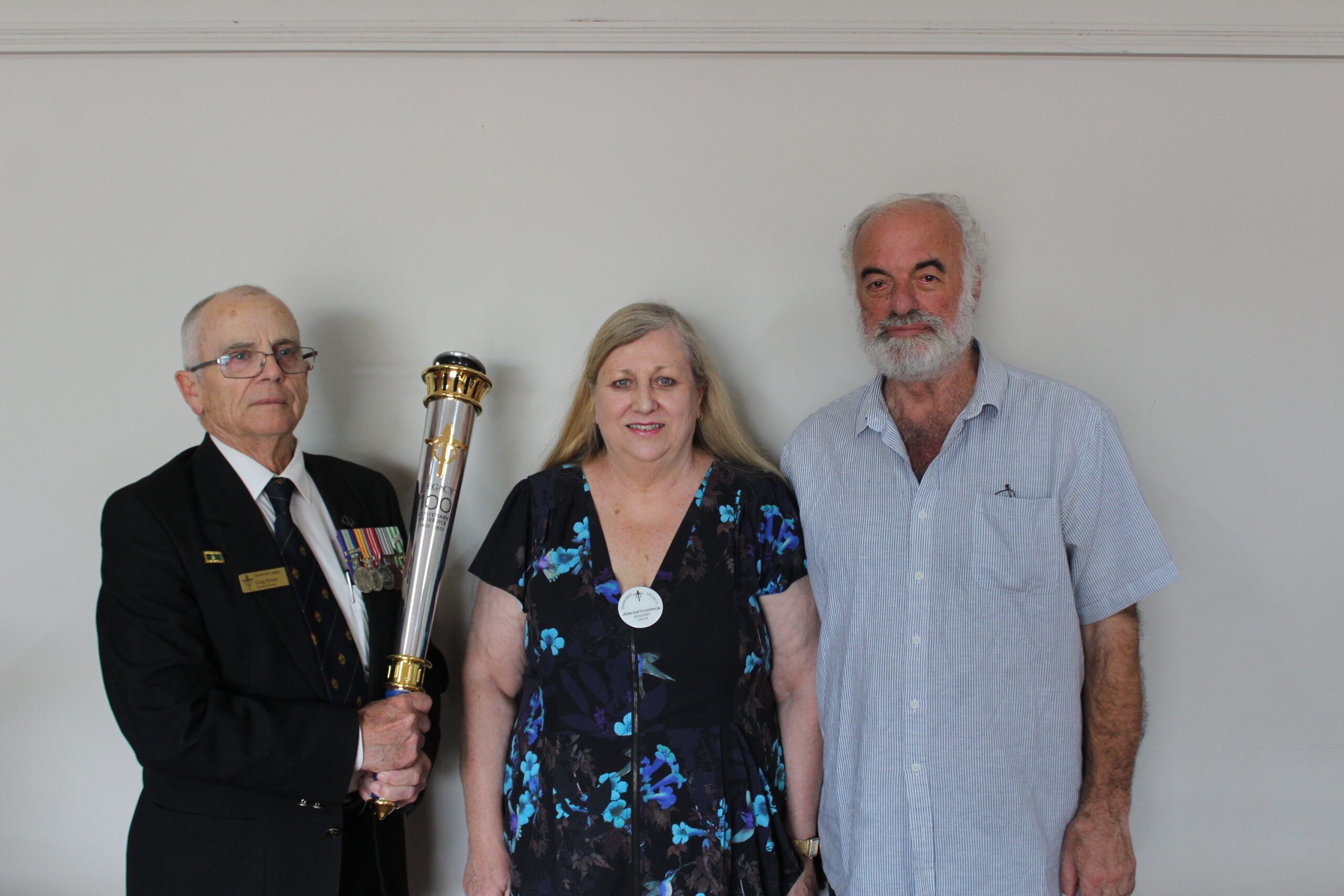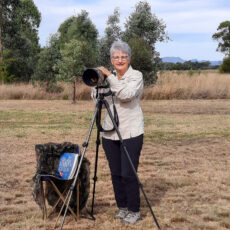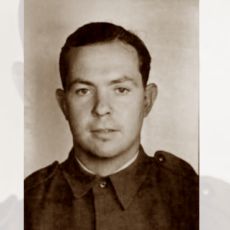Boggabri Legacy has a proud history of supporting the families of those who gave their lives or health for our country.
Boggabri Legacy recently hosted Lambis Englezos AM and unveiled their centenary plaque at the Boggabri RSL Club.
Boggabri Legacy president Jean Dufty-Hopson welcomed Boggabri residents to the unveiling. She explained that Legacy is one of Australia’s oldest and trusted charities and for a century has supported the families of those who gave their lives or health for our country.
Mrs Dufty-Hopson relayed how Legacy had been founded 100 years ago. In the trenches of WWI the legacy promise was made by a soldier to his dying mate to look after the ‘missus and kids’.
In 2023, the Legacy Centenary Torch Relay started in France in April, travelled to London and then through Australia visiting each Legacy club where support has been and continues to be provided to veteran families.
The torch was carried by Boggabri Legacy members in July as it moved through Tamworth and continues its journey to its destination Melbourne in October. Melbourne was the first Legacy club.
Tamworth Legacy president Greg Roese gave the history of Boggabri Legacy.
Initially, Boggabri was part of the Tamworth group. Legacy Australia’s connection with Boggabri started with Keith Warner. Mr Warner became part of the contact group on December 15, 1952, and was elected a full member on March 16, 1955.
Sid Bird was appointed to the group in 1960.
Boggabri Legacy Club was established as its own entity in 1962 and has been providing support to the families of Australian Defence Force men and women who have lost their life or health in conflicts such as World War I, World War II, Vietnam War, Iraq and Afghanistan for 61 years.
Sue-Ellen Nash from Tamworth Legacy told a personal family story prior to handing over to the guest speaker, Lambis Englezos AM.
Mrs Nash told the story of her husband’s great uncle Albert Williamson. Born in the NSW town of Canowindra, Albert Williamson was the 10th child of Joseph and Cecilia Williamson. He was a 22-year-old labourer living with his widowed mother.
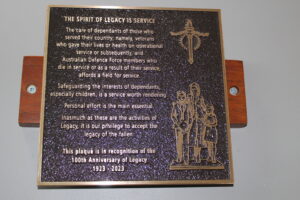
Legacy Centenary plaque.
He enlisted in the Australian Imperial Force at Cootamundra in August 1915. He said to his mother Cecilia; “I am off to see the world mother, I am not sure if I will ever come back to Canowindra again.”
In a letter dated January 23, 1916, to his sister Ivy he wrote of his send off at Cootamundra which read: “Ivy, when we left Cootamundra, 50 of us all left together. The band marched in front from the camp to the station and us soldiers marched behind. Miss Florence (the doctor’s daughter) gave us all cakes and a good shake of hands, plus a lot of the other girls came to say goodbye and that night the old girls said goodbye with a tear in their eye and wished us luck.”
Originally assigned to the 2nd battalion Albert was transferred to the newly created 54th battalion when he arrived in Egypt.
In a further letter to his sister when in Heliopolis, Albert wrote: “My word Ivy, it’s a wonderful country, it opened my eyes, a fellow don’t know he is alive until he sees some of the world. I saw all sorts of old ancient ruins. We can see the pyramids in the distance, Cairo is a wonderful place.”
After moving with his battalion to France in June he proceeded to Northern France.
The 54th battalion took part in the allied attacks on Fromelles as one of the attacking battalions of the 14th brigade.
On July 19, 1916, Albert, having reached the German lines was killed during the night.
Albert was listed as missing and later killed in action. That is all his family really knew. There was no headstone for his family to visit and grieve. But his family mourned him and never forgot Albert, and that sense of loss was passed along ensuing generations.
Mrs Nash told the group that they first met the guest speaker Lambis Englezos when they attended the dedication service of the new Fromelles Cemetery on July 19, 2010.
Mrs Nash introduced Lambis as a retired Greek-born art teacher and amateur historian. She said Lambis is a remarkable and colourful figure and is widely known as one of Australia’s foremost experts on Australia’s Great War experience.
In 2000, Lambis developed a theory that Australian diggers, killed at the Battle of Fromelles, were still lying in unmarked mass burial pits. Lambis set out to prove his theory with a view to seeing the diggers recovered and honoured properly.
He was met with a wall of discouragement, disbelief, and official contempt, but he persisted, and gradually an alliance of supporters, media, and amateur historians, gathered around him.
A call was put out for families to submit DNA if they had missing family members. The Nash family submitted DNA.
On April 23, 2014, John and Sue-Ellen received notification that Albert had been identified.
On July 19, 2014, John and Sue-Ellen along with other members were in France to finally see Albert honoured with a named grave at the Fromelles Cemetery.
Mrs Nash said: “If not for Lambis, Albert would still remain lost to his family.”
Mr Englezos addressed the gathering and presented a very powerful, informative, graphic and emotional presentation.
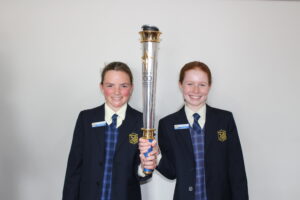
Sacred Heart School captains Xanthia Watson and Evie Watt.
After meeting many returned diggers as a child growing up in Melbourne, Lambis became fascinated with learning about the diggers of the First World War.
Lambis is the co-founder and driving force behind the internationally renowned ‘Friends of the 15th Brigade’.
In 2008, Lambis and his team were finally vindicated when the largest non-genocide mass burial in Western Europe since WWI was confirmed – right where the team of amateurs has said it would be. Lambis received the Order of Australia for his Fromelles work. He also won the inaugural Shrine Medallion in 2010 and was honoured by the RSL of Victoria with their ANZAC Award in the same year.
In 2010, Lambis again visited Fromelles to attend the opening of the new Pheasant Wood Cemetery and the burial service of the final soldier of the 250 soldiers recovered from the mass grave. He was specifically named and thanked by the Governor General, Quentin Bryce, in her speech at the opening.
He is acknowledged in many books including Les Carlyon’s ‘The Great War’ and Robin Corfield’s ‘Don’t Forget me Cobber.’
Lambis says he is proud to be part of the long journey to see dignity and honour brought to the diggers who disappeared on one horrible night in July 1916, a night now described as the worst in Australia’s history.
Speaking with him, he is very passionate and will be leading a tour to Fromelles next year to arrive in time for the July 19 service.
Current members of the Boggabri Legacy, Jean Dufty-Hopson, Marion Smith, Stephen Eather, Berice Eather and Bernadette Elliott unveiled the plaque which is displayed next to the honour board. Ellen Eather was the only Legacy widow in attendance.
Each of the 45 Legacy groups in Australia have been given a replica of the torch from the centenary relay and it was on display during the afternoon.
Boggabri Legacy secretary Marion Smith presented Mr Lambis with a grevillea plant.
To order photos from this page click here